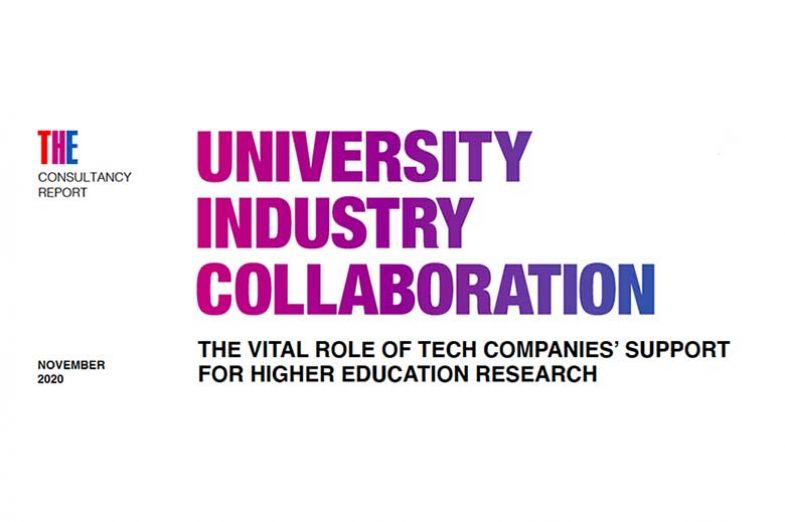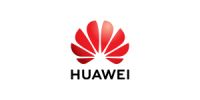A new Times Higher Education Consultancy report examines the developing relationship between higher education and industry
Universities continue to play a crucial role in surviving the Covid-19 pandemic, producing vital research and skilled workers that will help communities overcome the crisis. When it comes to their role in the recovery – both in terms of rebuilding the economy and reskilling the workforce – collaboration with industry will become more important than ever.
The importance of knowledge transfer between higher education institutions and commercial organisations is well established, and is now recognised in Times Higher Education’s World University Rankings, which now include a metric to reflect how much research income an institution attracts from industry. In the 2021 WUR, the top 200 institutions produced a median of $36,000 (£27,400) per member of their academic staff. The rankings show that universities in the top 10 far exceed these averages.
Perhaps unsurprisingly, US institutions dominate the landscape for commercial involvement in research. Stanford University, ranked second overall, reported average industry research income of $107,000 per academic staff member – boosted by the close connection it shares with Alphabet, the parent company of Google, which began as a graduate project of two of its alumni – Larry Page and Sergey Brin. In the UK, the University of Oxford and University of Cambridge have produced $57,000 and $30,000 per academic staff member, respectively. The difference in research income between the two countries is significant: the median industry research income across all 181 US universities was $9,400 per academic staff member, whereas across the 101 UK universities it was just over $1,700.
Commercial co-authorship, where companies offer collaboration at subject level on journal articles, research papers and book chapters, can provide another perspective on the extent of knowledge transfer between higher education and business. Microsoft, for example, published more than 7,900 co-authored academic publications between 2015 and 2019. More than 1,600 of these were in China, where it collaborates with more than 200 institutions. Proportionally, universities in the Netherlands had more publications with commercial co-authorship at 5.8 per cent more than institutions in either the UK or the US. Like a number of countries featured in a new Times Higher Education Consultancy report, commercial support for university research in the Netherlands is highest in sciences and engineering, in particular for computer science and material science.
The role of technology companies in supporting academic research cannot be understated. According to a 2018 report by Strategy&, a division of consulting firm PwC, Alphabet had the highest expenditure dedicated to research and development (the way many companies classify their contribution to higher education research), at $16.2 billion. In 2019, communications company Huawei announced that it had increased its R&D investment from $13.6 billion to $19.5 billion, and is set to invest an additional $100 billion in R&D over the next five years. Huawei has also worked on a number of university collaboration projects, notably the launch of its European Research Institute, based in Belgium. This institute works alongside the 5G Innovation Centre at the University of Surrey in the UK, in which Huawei has invested £5 million. The company is also supporting Aalto University in Finland, which is researching how 5G services might work on moving cars and buses.
One of Huawei’s key collaborations has been with McMaster University in Canada, which has a significant focus on medical and health sciences. Huawei has racked up seven citations in co-authored research at the university, which in 2017-18 reported a sponsored research income of $391.6 million CAD (£230 million). Huawei is one of a number of industry collaborators with the university, including Chrysler Group and IBM, that have helped produce 415 commercially co-authored publications. Huawei itself has grown the number of research publications it has supported from 867 in 2016 to 912 in 2019.
Alongside Microsoft, Google and Samsung, continued investment from companies such as Huawei will be crucial in how national economies rebuild in a post-pandemic world. While there has long been a debate on the extent to which private entities should be involved in the research activities of public institutions, pressure on budgets and the need to increase the speed and impact of research mean institutions are more open to commercial support than ever before.
Read the report and watch a presentation of the key findings from the Times Higher Education Leadership & Management Summit 2020.
Contact the Times Higher Education Consultancy team for more information about how it provides strategic, data-driven guidance to universities and governments globally.
Find out more about Huawei and higher education.














































